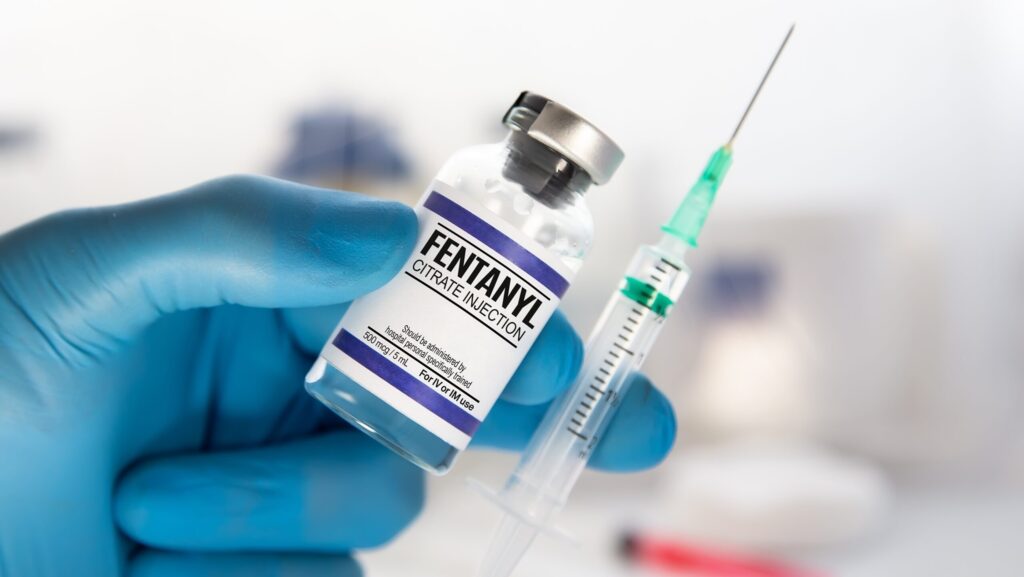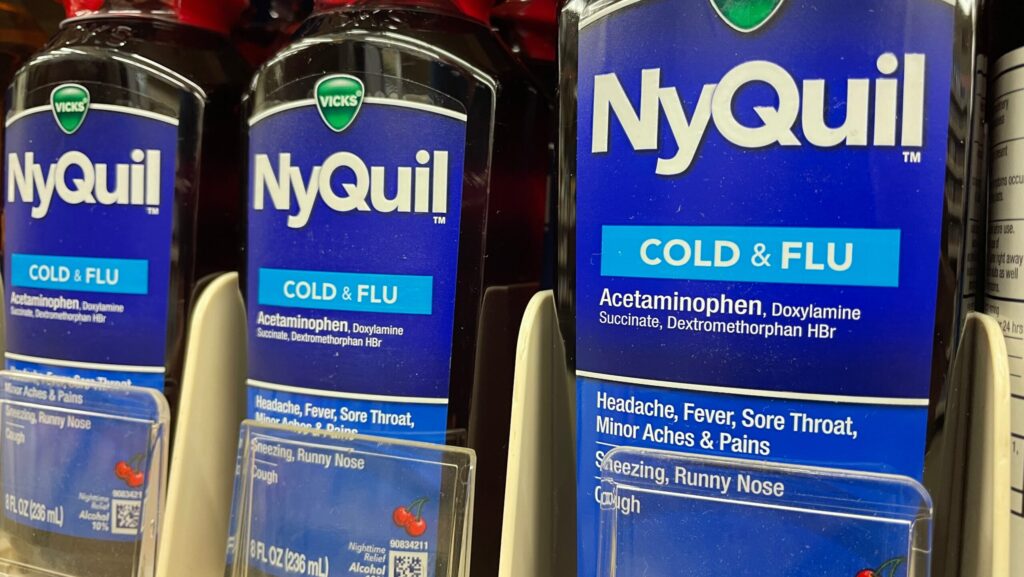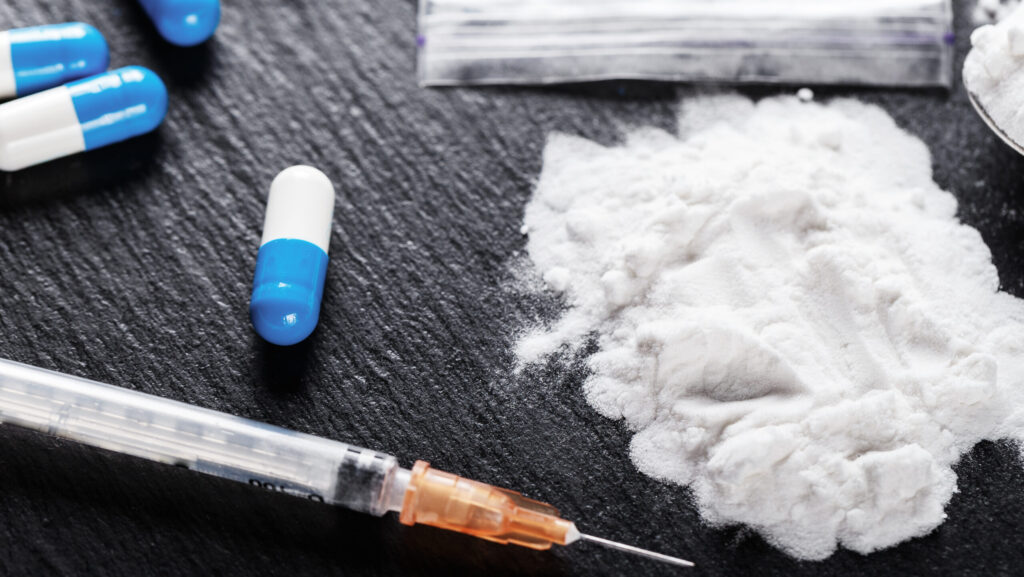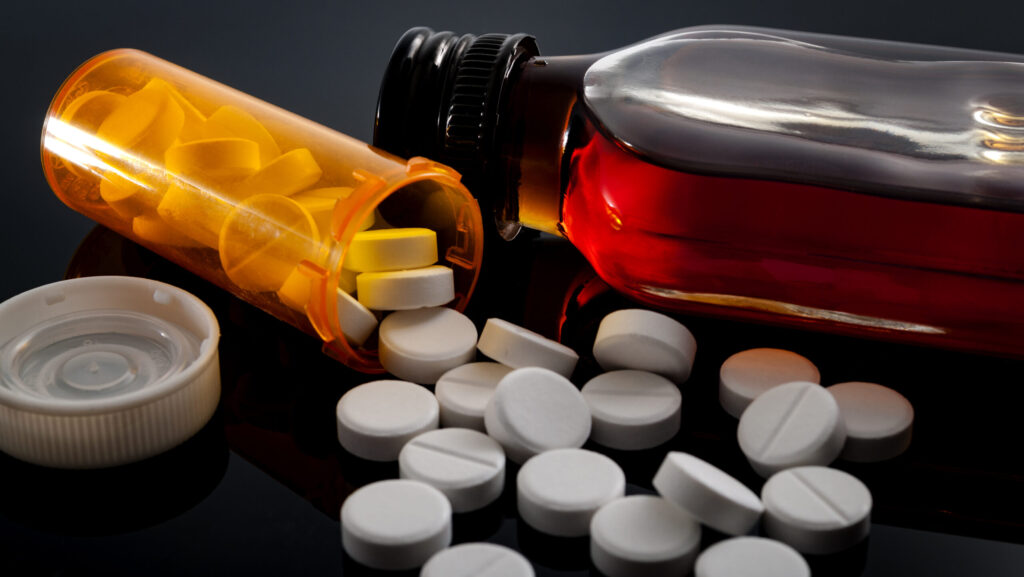What is Kindling Alcohol?
What happens when a person goes through a repeating pattern of binge drinking, detox and withdrawal? Every time a person repeats this pattern, the amount of stimuli needed to engage in withdrawal decreases, while the intensity of withdrawal symptoms increases. This is known as the kindling effect. Each time a person attempts to quit drinking alcohol and relapses and starts drinking again, the brain and body become more sensitive to the drastic changes that occur. Symptoms of withdrawal become more pronounced and intensified due to the chemical reactions occurring in different body systems. Kindling alcohol describes when a person goes through repeated alcohol withdrawals where the symptoms become more and more severe with each relapse.
What is Kindling Alcohol? Read More »










